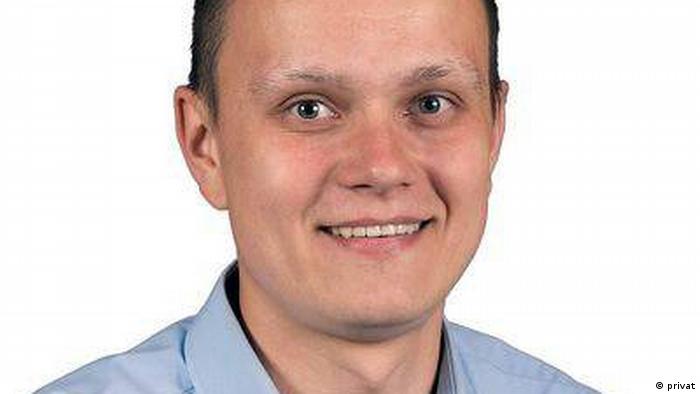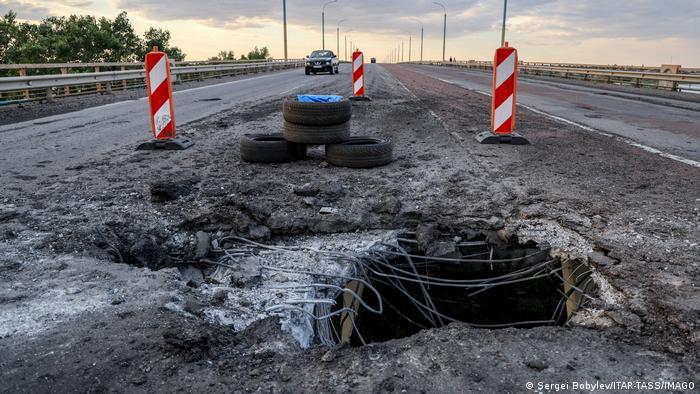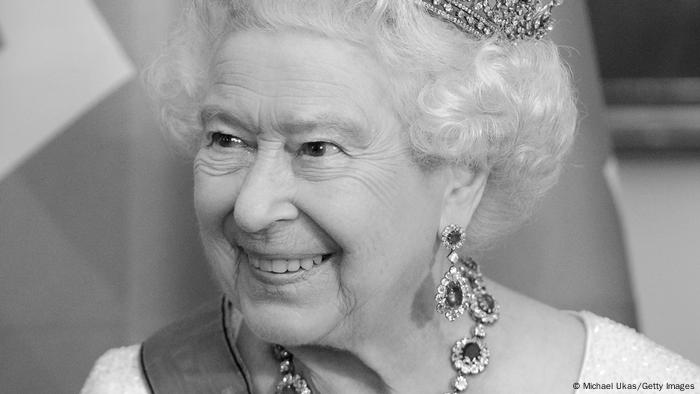A plan for a nuclear waste storage facility in Switzerland is raising safety concerns among Germans close to the border. The project, which is backed by power plant operators, requires approval by the Swiss government.

Haberstal could become a new storage site for nuclear waste by around 2050
Switzerland has announced plans to build a nuclear waste storage facility on the border with Germany, leaving communities concerned about the issues of safety and clean drinking water supply.
The National Cooperative for the Disposal of Radioactive Waste (Nagra) is behind the proposal. It suggested the region of Nördlich Lägern, north of Zurich and close to the border with Germany, the Swiss Federal Office of Energy said.
Nagra was set up by power plant operators alongside the Swiss government to deal with the controversial question of how to dispose of radioactive waste.
How can the safety of the waste be guaranteed?
The waste would be embedded in opalinus clay several hundred meters underground according to Patrick Studer, an official at Nagra.
"The required confinement time is around 200,000 years for high-level waste and around 30,000 years for low-level and intermediate-level waste," Nagra's website stated.
The waste will be sourced from five Swiss nuclear power plants. Medical and industrial sectors will also be allowed to contribute their waste.
At the moment, four nuclear power plants are active in Switzerland. They may continue their operation as long as their safety is guaranteed. This would mean into the 2040s.
However, the so-called deep geological repository for spent nuclear fuel and other radioactive waste needs to be approved by both the Swiss government and parliament. This process is expected to take several years.
German communities and officials remain concerned
Concerns among German communities along the border are running high. Their concerns are primarily about the issues of safety and drinking water supply.
"The question of drinking water protection is a major concern to the population," said Martin Steinebrunner from the German coordination office for the planned waste facility.
The German Federal Ministry for the Environment has criticized Switzerland's decision to build a nuclear waste repository right on the border to Germany.
The proximity of the planned site near the Baden-Württemberg village of Hohentengen "poses a problem both during the construction phase and during the operation of the repository," said Christian Kühn, Parliamentary State Secretary in the Environment Ministry and and a member of the German parliament (Bundestag) from Baden-Württemberg.
At the same time Kühn stressed that it was "right and important" that geology be the decisive criterion for the site of a repository.
There were two other sites to choose from, which are also very close to the German border.
In Germany, the decision for a dedicated repository site for highly radioactive nuclear waste will not be discussed until 2031 at the earliest.
Long process before start of construction
It is still unclear where the nuclear waste will be prepared and packaged for final storage should the waste storage facility be approved.
Nagra has said it will submit a planning application by 2024. The Swiss government then makes a decision on the application, and parliament must consent afterwards.
Taking this process into consideration, it is unlikely for the start of the storage facility to be anytime before around 2050.
los/wd (dpa, Reuters, AFP)
















